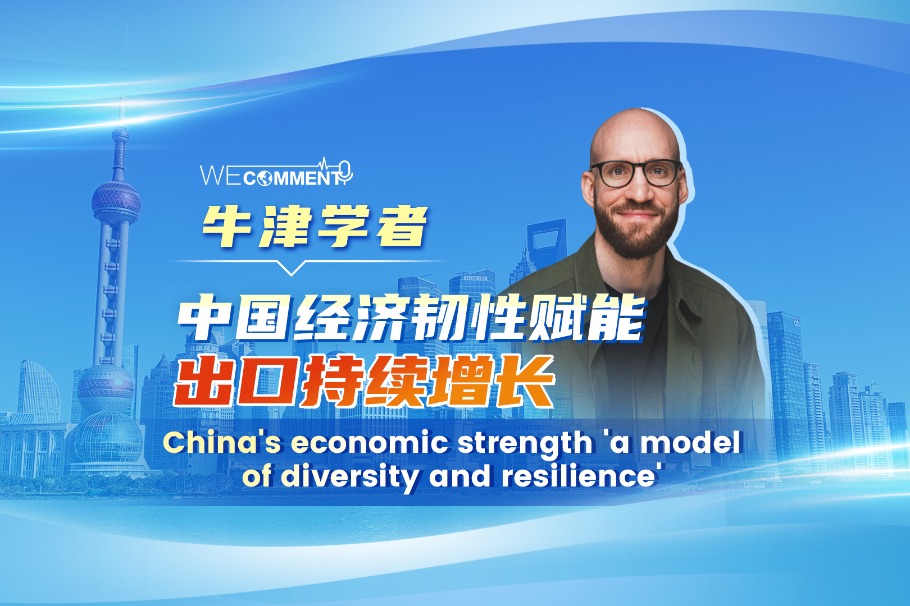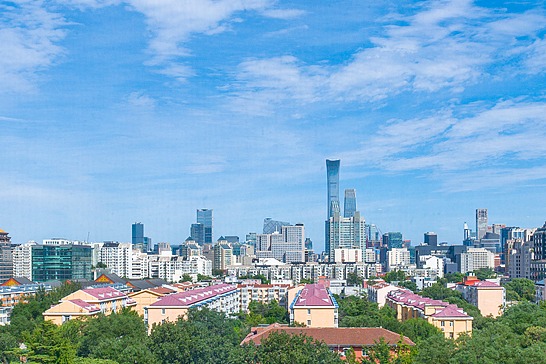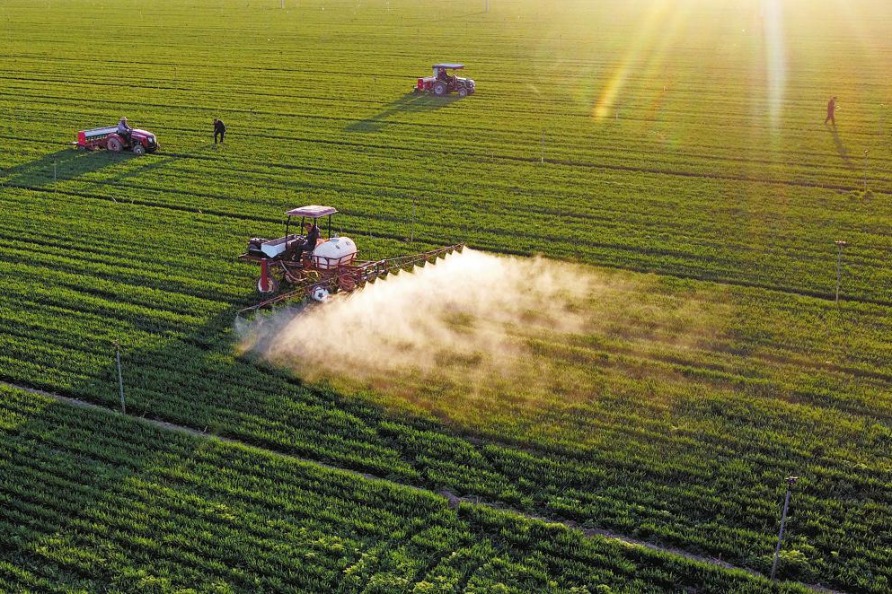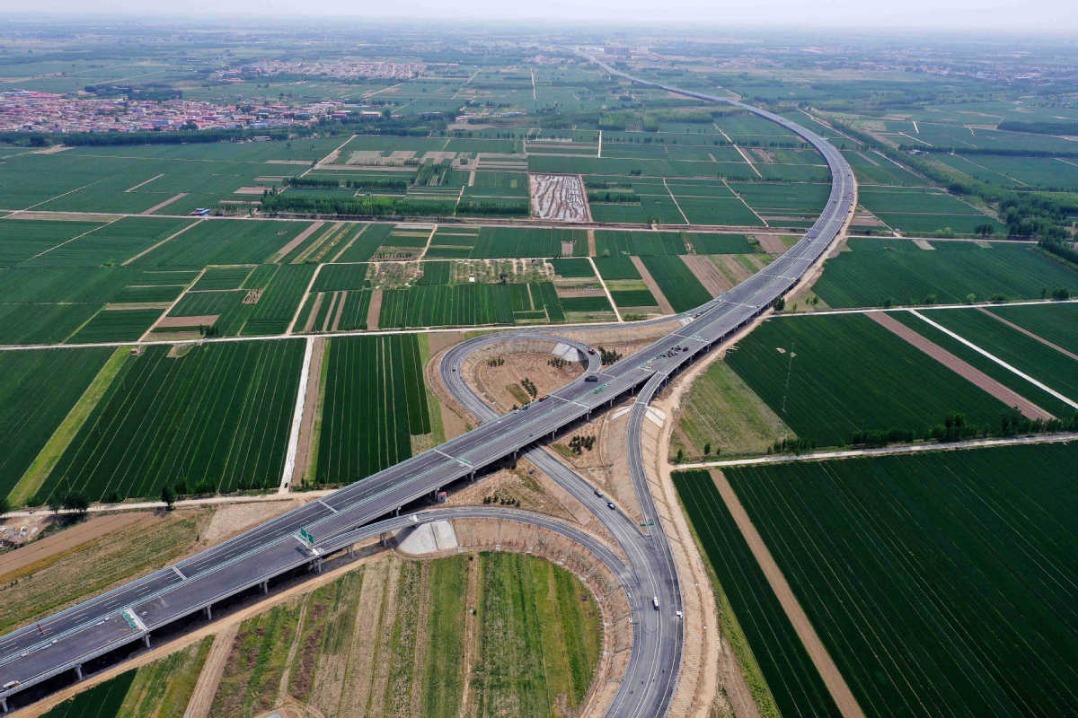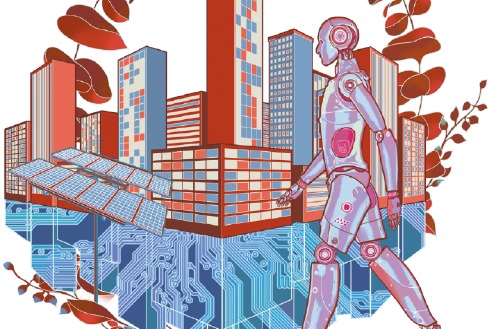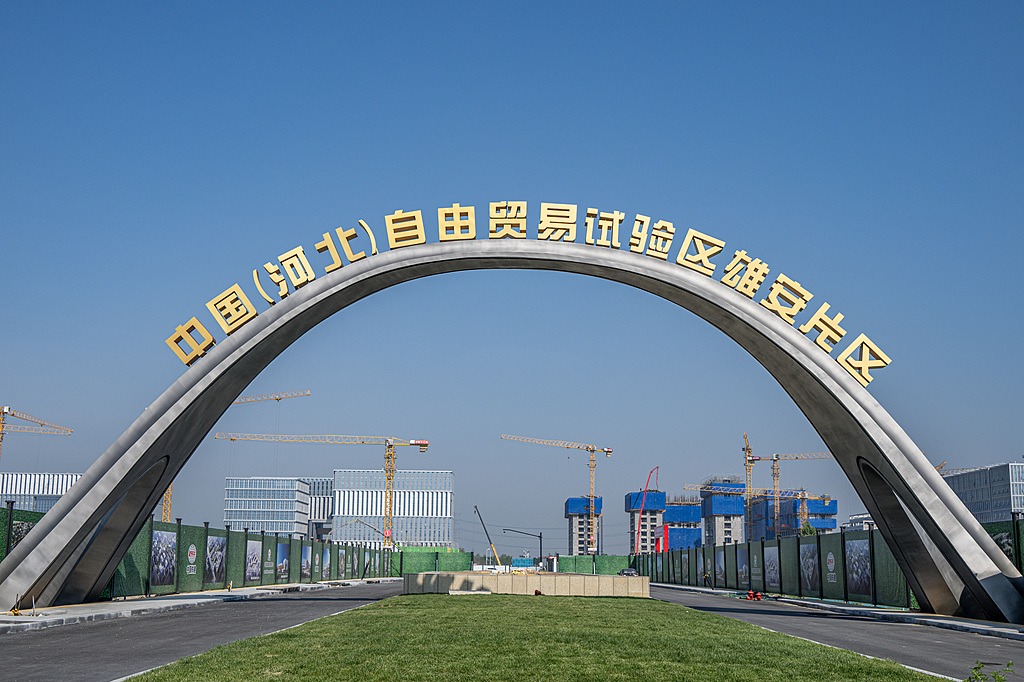'Roof of the world' writes new chapter of modernization

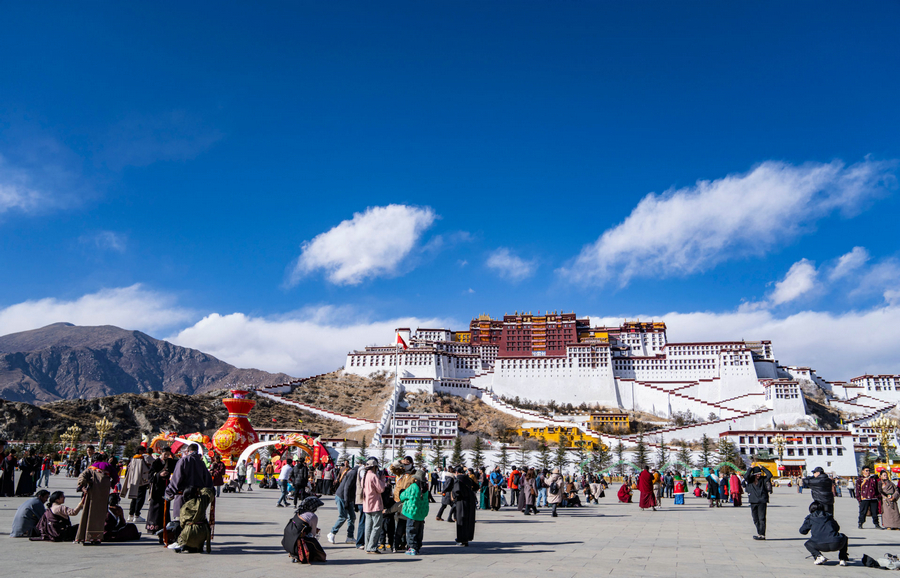
The Xizang autonomous region is celebrating the key milestones in its modern history — its peaceful liberation nearly 74 years ago, the democratic reform nearly 66 years ago, and the 60th anniversary of the establishment of the Xizang autonomous region — while it continues to make more remarkable achievements.
The establishment of new political, economic, and social systems laid the foundation for Xizang's rapid modernization, leading to improvements in the living standards of its people and qualitative economic growth, while strengthening social harmony, boosting cultural development and better preserving the ecology.
Xizang's economy has been steadily expanding and its structure gradually improving. In the 60 years since its establishment, the autonomous region's economic aggregate and per capita disposable income have increased more than sevenfold. In 2024, Xizang's GDP grew by 6.3 percent, with the social fixed asset investment increasing by 19.6 percent, retail sales of consumer goods by 7.2 percent, and industrial added value of enterprises above designated size by 18.3 percent. The region's industrial structure is becoming increasingly diversified, moving away from natural resource-dependent and labor-intensive industries to more technology-driven and service-oriented industries.
The focus of Xizang's development policy is to align with the country's national development policy, help improve the well-being of the people and boost the development of key industries. In fact, Xizang has been advancing its key industries, including the clean energy, high-tech, and cultural and tourism sectors. These industries have become the drivers of local growth, creating a more resilient and self-sufficient economic model. And the interaction and integration of industries, such as that of culture and tourism with agriculture, transportation and commerce, has enhanced Xizang's self-development capacity.
Besides, Xizang's commitment to a people-centered approach is evident in its policies, which ensure all people in the region enjoy equal rights.
In 2019, Xizang lifted itself out of absolute poverty, beginning its journey toward a moderately prosperous society, which is a significant accomplishment that aligns with the country's overall development plan. Also, the implementation of the poverty alleviation strategy and rural vitalization initiatives has struck the right balance between the region's economic and social development, with rural development, agricultural growth, and the continuous rise of herders' income being the key factors behind Xizang's success.
In 2024, urban and rural disposable income growth of Xizang was more than the national average, indicating the region's upward economic trajectory. While the Xizang local government has prioritized the expansion of the social security system, including the integration of rural and urban areas, the growing focus on national unity has reinforced social cohesion, with deepened integration of different ethnic groups and greater awareness of their shared identity.
Moreover, cultural development in Xizang has flourished alongside economic growth, and Xizang's rich historical, cultural and natural resources have contributed to its global recognition as an important tourism destination. The protection and inheritance of the culture of Xizang, especially its intangible cultural heritage, have been central to the region's development.
Xizang's traditions are now recognized internationally, with key elements such as the Tibetan Opera, traditional Tibetan medicine, and the Gesar epic listed as UNESCO intangible cultural heritage.
Additionally, the development of digital technologies in preserving Xizang's heritage has opened up new possibilities for people to explore the region's history through, among other things, the virtual tour of the Potala Palace, ensuring its preservation while making it accessible globally.
Xizang's commitment to ecological preservation has also played a significant role in shaping its development model. As the main ecological protector of China's southwestern plateau, Xizang has implemented comprehensive environmental protection policies. From tackling grassland degradation to promoting eco-friendly employment opportunities, Xizang has balanced development with environmental sustainability. In 2024, Xizang's air quality remained excellent, with the proportion of good air quality days surpassing 99 percent, and its major rivers maintaining water quality standards that meet or exceed the national class III grade.
Since the 18th National Congress of the Communist Party of China, Xizang's strategic importance has grown significantly in areas such as national security, ecological safety and energy reserves. Xizang's openness to South Asia and its role as a strategic link in the Belt and Road Initiative contribute to its growing importance in the global economy.
The region has been increasingly contributing to the country's broader goals, actively participating in the modernization process and exemplifying the country's unique path to sustainable development. Xizang is writing a new chapter in the story of Chinese modernization, a chapter that balances economic development, cultural advancement, ecological preservation and national unity.
The author is a researcher at the China Tibetology Research Center.
The views don't necessarily reflect those of China Daily.
















